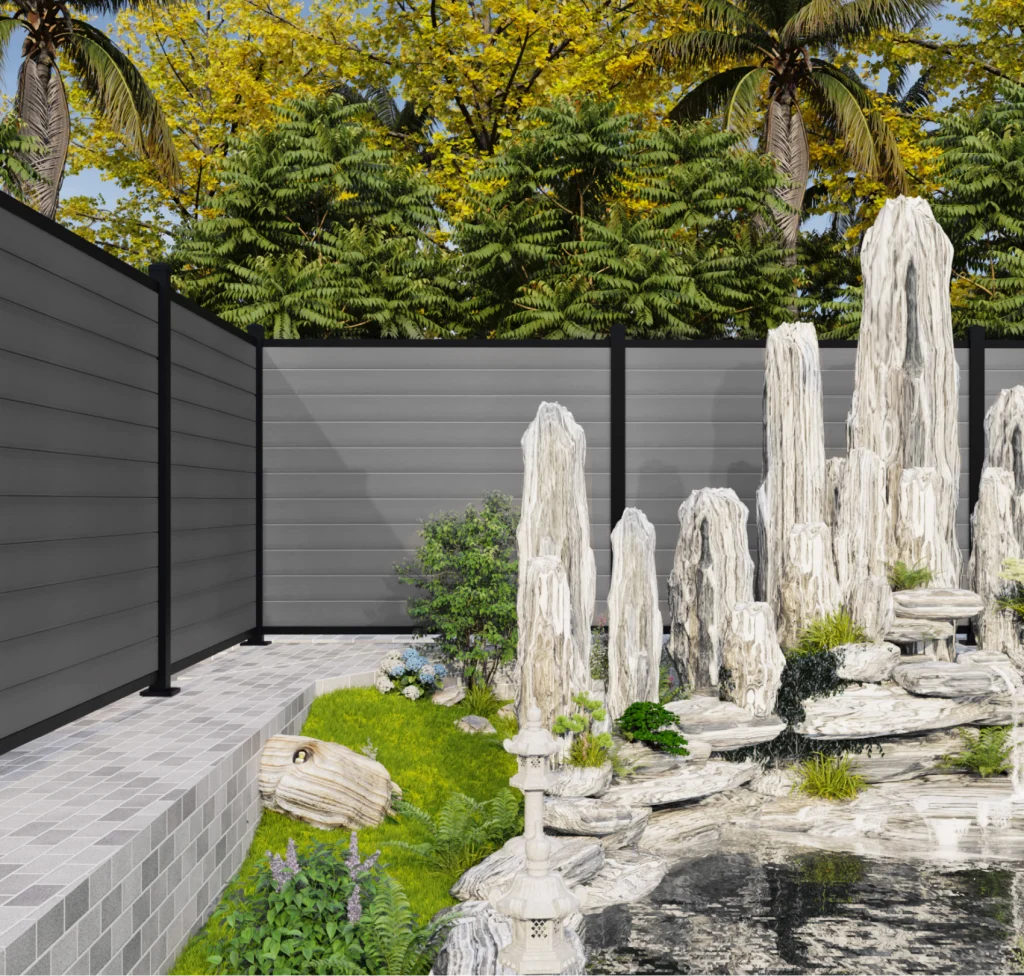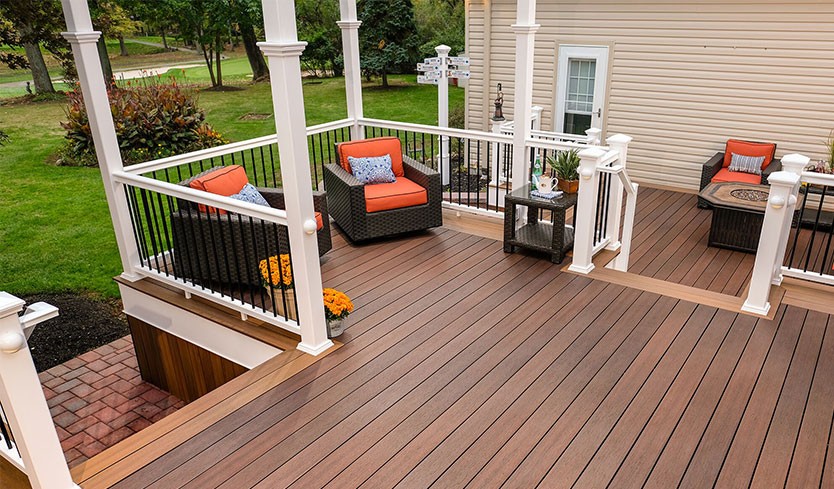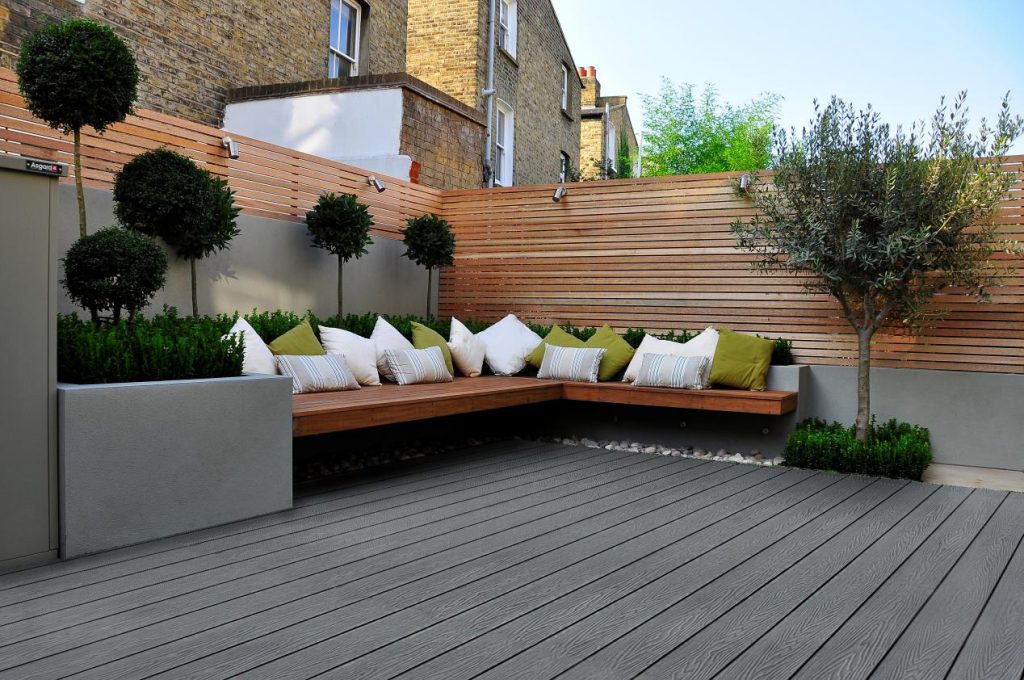In the world of interior and exterior decoration, the demand for materials that combine aesthetics, durability, and sustainability has never been higher. Among these options, WPC wall panel design has emerged as a popular choice for homeowners, architects, and designers alike. WPC, or Wood-Plastic Composite, offers the visual appeal of natural wood with the resilience of high-quality polymers. This article delves into everything you need to know about WPC panel design, from material characteristics to installation, maintenance, and trending styles.
Table of Contents
Understanding WPC Wall Panels
What is WPC?
WPC, or Wood-Plastic Composite, is a blend of wood fibers or sawdust with thermoplastics such as PVC, PE, or PP. This combination creates a material that is lightweight yet strong, resistant to moisture, and less prone to deformation compared to traditional wood. WPC wall design leverages these qualities, providing versatile solutions for both interior and exterior wall applications.
Key characteristics of WPC include:
Durability: Resistant to rot, decay, and insect damage.
Moisture Resistance: Perfect for humid environments or bathrooms.
Eco-Friendliness: Made from recycled materials, reducing environmental impact.
Versatility in Design: Can mimic the appearance of wood, stone, or even metal finishes.
Low Maintenance: Requires minimal upkeep compared to natural wood.
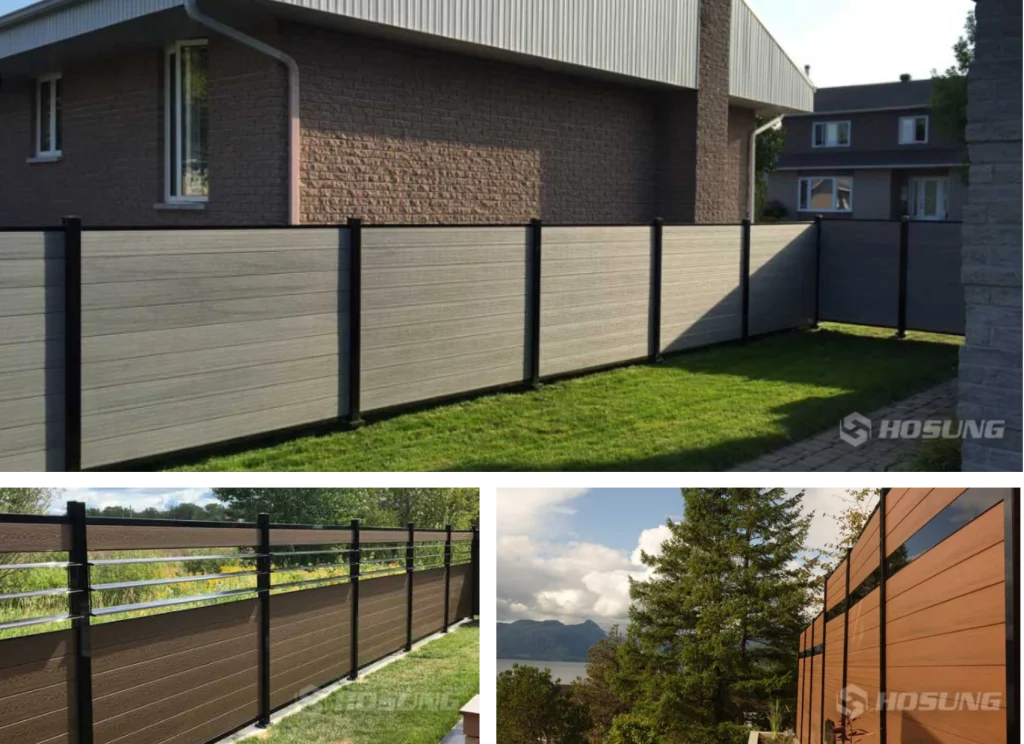
Advantages of WPC Wall Panel Design
Incorporating WPC panels design into your walls offers multiple benefits:
1. Aesthetic Versatility
With WPC, you can achieve a range of design effects: natural wood grain, textured finishes, or modern smooth surfaces. Designers can select colors, patterns, and sizes to complement any interior or exterior style, from rustic to contemporary. WPC wall design allows you to create a unified look without sacrificing durability.
2. Easy Installation
Unlike traditional wood panels, WPC design for wall is user-friendly. Panels often come with interlocking systems or tongue-and-groove joints, making installation faster and reducing labor costs. DIY enthusiasts can also take advantage of lightweight panels that are easy to handle.
3. Longevity and Stability
WPC wall panels are engineered to withstand extreme weather conditions, UV exposure, and daily wear and tear. Unlike solid wood, they won’t warp, crack, or splinter easily. This makes WPC wall panel design suitable for areas like kitchens, bathrooms, and outdoor facades.
4. Eco-Friendly Choice
Sustainability is a key trend in modern design. WPC products often incorporate recycled wood fibers and plastics, offering an environmentally responsible alternative to traditional hardwood. Using WPC panels design contributes to reducing deforestation while maintaining the look and feel of natural wood.
5. Low Maintenance
A major advantage of WPC wall design is the minimal maintenance requirement. Regular dusting and occasional washing with mild soap are usually sufficient. Unlike wood, there’s no need for staining, varnishing, or sealing.
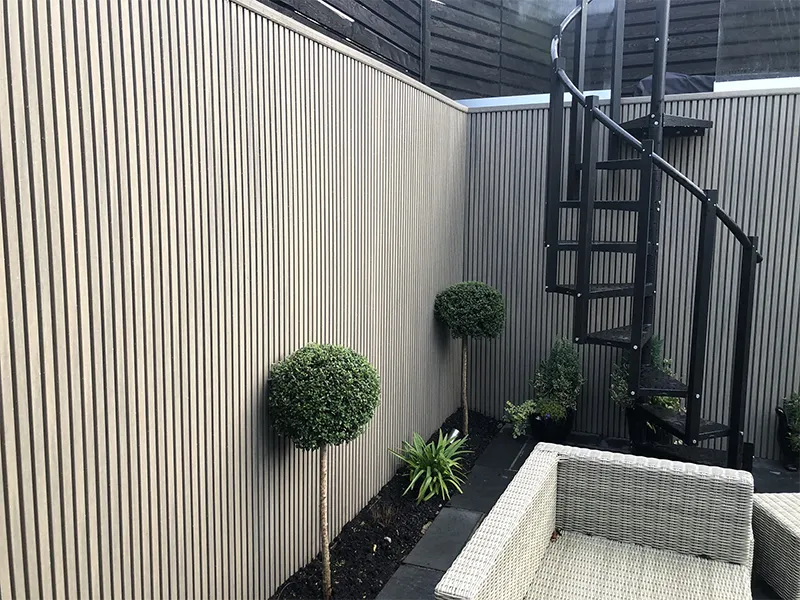
Applications of WPC Wall Panel Design
WPC wall panel design is highly versatile and suitable for a variety of spaces:
Interior Applications
Living Rooms: Create feature walls with natural wood textures or modern geometric patterns.
Kitchens and Bathrooms: Moisture-resistant WPC panels are perfect for high-humidity areas.
Commercial Spaces: Offices, hotels, and restaurants can benefit from durable, stylish wall finishes.
Accent Walls: Use contrasting WPC panels to highlight specific areas of a room.
Exterior Applications
Building Facades: WPC panels can replace traditional wood cladding while offering better durability.
Balcony and Terrace Walls: Weather-resistant surfaces maintain their aesthetic appeal over time.
Garden Walls: WPC panels withstand outdoor elements and resist mold and decay.
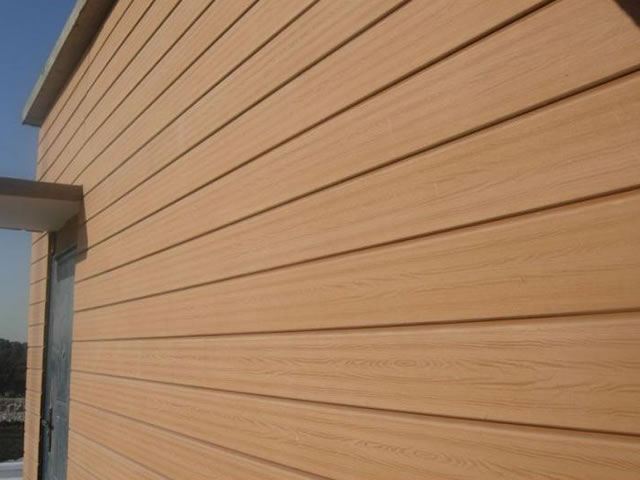
WPC Panel Design Ideas
1. Horizontal and Vertical Patterns
The orientation of panels can dramatically influence a room’s appearance. Horizontal WPC wall panels can make spaces appear larger, while vertical panels create a sense of height. WPC panels design allows flexibility in achieving your desired visual effect.
2. Mixed Materials
For a modern look, combine WPC panels with other materials such as metal, glass, or stone. This mix creates contrast and adds depth to your WPC design for wall project.
3. Color Coordination
Choose panels that complement existing furniture, flooring, or decorative elements. WPC panels are available in natural wood tones, dark stains, and vibrant colors, allowing endless possibilities for wpc wall panel design.
4. Textured Finishes
Textured WPC panels mimic natural surfaces such as wood grain, bamboo, or stone. These textures add visual interest and tactile appeal, enhancing your WPC wall design scheme.
5. Modular Designs
Modular WPC wall panels can be rearranged or replaced individually, making them ideal for dynamic interior design. This flexibility is perfect for commercial spaces that need regular updates or seasonal decor changes.
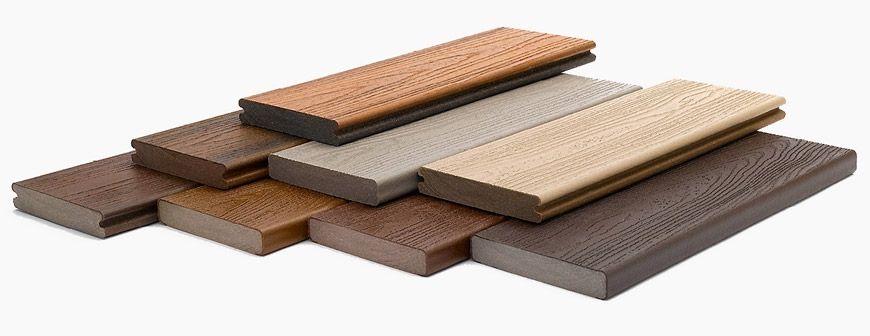
Color and Design Tips for WPC Wall Panels
When it comes to WPC wall panel design, color choice and panel arrangement play a crucial role in defining the atmosphere and style of a space. Here are some practical tips for designing walls with WPC panels design:
1. Harmonize with Existing Elements
Consider the colors of your flooring, furniture, and ceiling. WPC design for wall works best when it complements these elements rather than clashes with them. For example, warm wood tones pair beautifully with neutral-colored furniture, while darker panels can create a dramatic accent against lighter surroundings.
2. Create Contrast with Accent Walls
Using contrasting colors in WPC wall panel design can draw attention to specific areas. For instance, a deep brown or charcoal grey panel can serve as a feature wall in a living room or office space, highlighting artwork, shelves, or a media center.
3. Mix and Match Textures and Colors
Modern interior trends favor combining different textures and tones. You can blend light and dark WPC panels, or mix smooth and wood-grain finishes to add depth and dimension. WPC panels design allows you to create geometric patterns, stripes, or checkerboard effects, adding a contemporary flair.
4. Consider Space Size and Lighting
Lighter-colored panels make small spaces appear larger and brighter, while darker tones can add warmth and coziness to large rooms. For exterior WPC wall design, lighter shades reflect sunlight and reduce heat absorption, while darker panels can enhance curb appeal with a bold look.
5. Seasonal or Theme-Based Designs
For commercial spaces, hotels, or restaurants, WPC design for wall can be adapted to seasonal décor or thematic settings. Modular panels make it easier to swap colors or patterns, keeping the space fresh and engaging without major renovations.
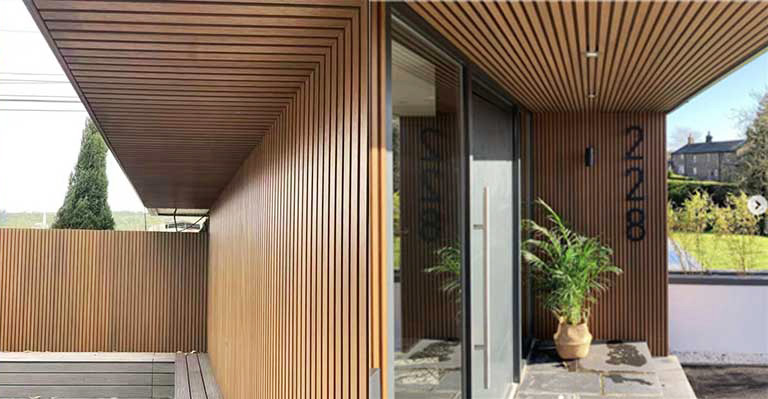
Installation Tips for WPC Wall Panels
Proper installation ensures longevity and performance of WPC wall panel design. Here are some tips:
Surface Preparation: Ensure walls are clean, dry, and level.
Panel Layout: Plan your layout before installation to minimize cuts and waste.
Fixing Methods: Use screws, clips, or adhesive systems recommended by the manufacturer.
Spacing for Expansion: Allow slight gaps for thermal expansion, especially in outdoor installations.
Finishing Touches: Apply trim or molding to cover edges and enhance aesthetics.
Maintenance and Cleaning
Maintaining WPC panels design is straightforward:
Regular Cleaning: Dust and sweep surfaces to prevent buildup.
Mild Wash: Use soap and water for occasional deep cleaning.
Stain Removal: Clean spills promptly to avoid staining.
Avoid Harsh Chemicals: Do not use strong acids or solvents that can damage the surface.
By following these simple steps, your WPC wall design can remain beautiful and functional for decades.
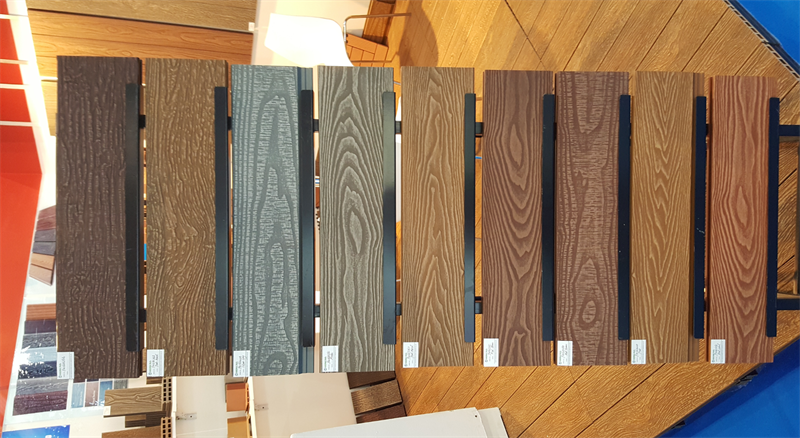
Popular WPC Wall Panel Trends
1. Sustainable Design
Eco-conscious consumers are increasingly choosing WPC for its recycled content and long lifespan. Integrating WPC wall panel design into sustainable architecture contributes to greener building practices.
2. Minimalist Styles
Clean lines, neutral tones, and simple textures dominate modern interior design. WPC panels can achieve this minimalist look while providing durability and moisture resistance.
3. Bold Accents
Contrasting colors and textures in WPC panel design create focal points that elevate interior spaces. Bold accent walls in living rooms, offices, or hotel lobbies are becoming more popular.
4. Smart Modular Systems
Prefabricated WPC panels with interlocking designs enable faster installation and adaptability. Modular WPC wall design systems are ideal for dynamic spaces that require flexibility.
5. Outdoor Modernity
For exteriors, sleek WPC panels with metallic finishes or contemporary wood textures enhance curb appeal while ensuring low maintenance. Modern home designs increasingly integrate WPC panels design for stylish, weather-resistant facades.
Choosing the Right WPC Wall Panel Design
Selecting the ideal WPC wall panels involves considering several factors:
Material Quality: Ensure high-density WPC with sufficient wood fiber content for durability.
Finish and Texture: Match your design theme—natural wood for rustic, smooth for modern.
Color Options: Consider complementary or contrasting colors to create visual interest.
Panel Size: Large panels reduce seams, while smaller panels allow intricate patterns.
Application Environment: Moisture-prone areas require water-resistant panels, while outdoor use demands UV protection.
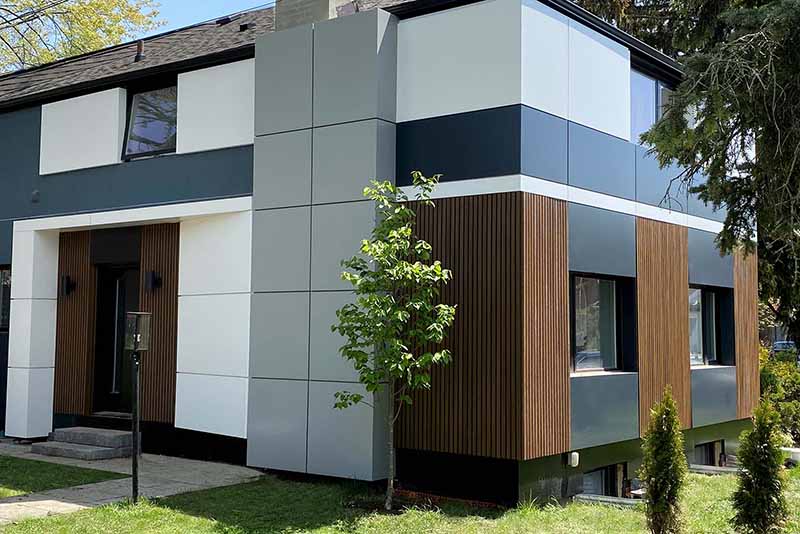
WPC Wall Panel vs. Traditional Wood
WPC wall design offers distinct advantages over natural wood:
| Feature | WPC Panels | Traditional Wood |
|---|---|---|
| Durability | High, resistant to rot and insects | Moderate, prone to decay |
| Maintenance | Low, easy to clean | High, requires staining/sealing |
| Moisture Resistance | Excellent | Poor |
| Sustainability | Uses recycled materials | Deforestation impact |
| Installation | Easy, interlocking options | Labor-intensive |
Conclusion
WPC wall panel design represents a perfect blend of aesthetics, durability, and sustainability. From elegant interiors to weather-resistant exteriors, WPC panels offer versatility that meets modern design demands. With multiple textures, colors, and patterns available, WPC panels design allows you to craft unique, durable, and environmentally friendly spaces.
Whether for a residential project, commercial installation, or exterior cladding, embracing WPC wall design ensures a stylish, long-lasting, and eco-conscious solution.
If you are looking to elevate your interior or exterior walls with high-quality WPC panels, our team of experts can guide you through material selection, design options, and installation. Contact us today to explore the perfect WPC wall panel design for your project.
WPC Wall Panel Design FAQ
1. What is WPC wall panel design, and why is it popular?
WPC wall panel design refers to the use of wood-plastic composite panels for wall decoration. These panels combine the natural look of wood with the durability of plastic, making them resistant to moisture, rot, and insects. Their aesthetic versatility and low maintenance make them increasingly popular for both interior and exterior walls.
2. Can WPC panels be used outdoors?
Yes, WPC panels design is suitable for exterior applications such as building facades, balconies, and garden walls. Outdoor WPC panels are UV-resistant, moisture-resistant, and engineered to withstand various weather conditions without warping or fading.
3. How do I choose the right WPC wall panel design for my space?
When selecting WPC wall panel design, consider the following factors:
Material quality: High-density panels with more wood fiber content offer better durability.
Texture and finish: Choose wood-grain textures for rustic or natural looks; smooth finishes suit modern interiors.
Color: Pick complementary colors that match furniture, flooring, and overall décor.
Application environment: Ensure moisture-resistant panels for bathrooms or kitchens, and UV-protected panels for outdoor walls.
4. Is WPC wall design eco-friendly?
Yes, most WPC panels design products use recycled wood fibers and plastics, reducing environmental impact. Unlike traditional wood, WPC helps conserve forests while providing a sustainable solution for modern construction and interior design.
5. How long do WPC wall panels last?
With proper installation and minimal maintenance, WPC wall design can last 15–25 years or more. Panels are resistant to moisture, insects, and UV exposure, ensuring long-term durability both indoors and outdoors.

